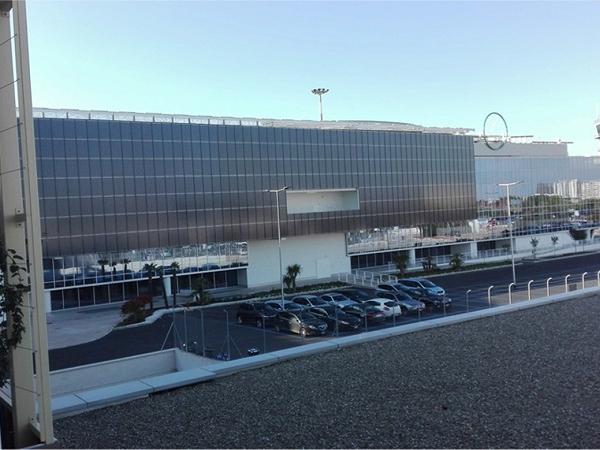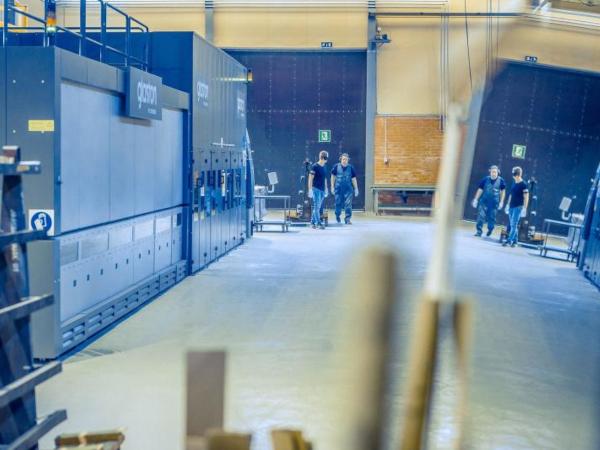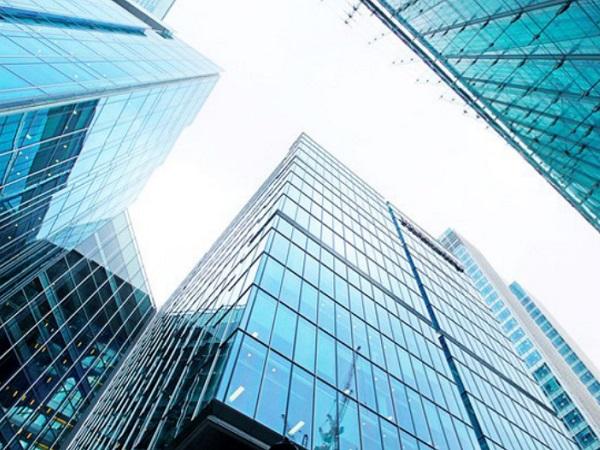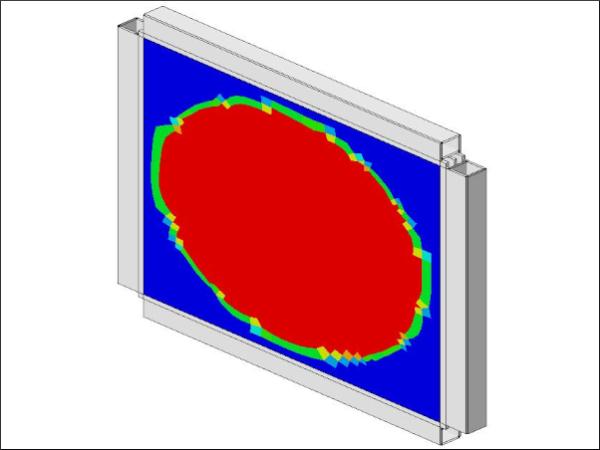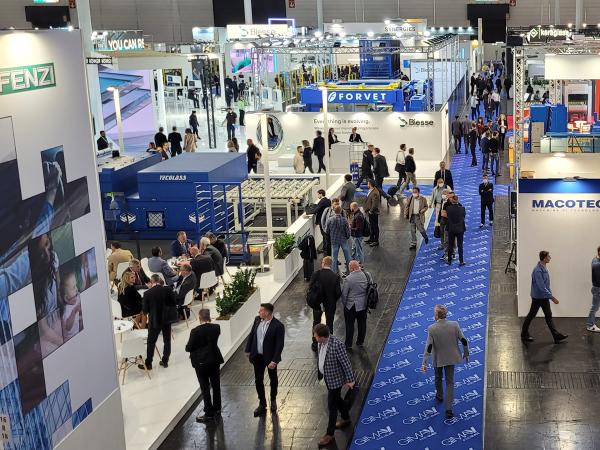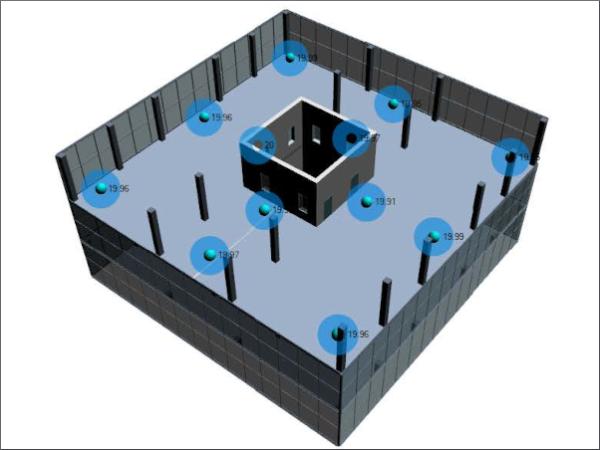Others also read
| The objective of this research is to facilitate a waste-free fabrication of doubly curved glass elements and a facile, fast, low-cost mold-making process for the hot bending of glass.
| This paper presents the results of an original test series carried out on monolithic glass panes with the dimensions of 500 × 500 mm2 and different thicknesses, under the exposure to radiant heating.
| This paper deals with experiments and numerical simulations of cylindrically curved IGUs.
| It is hypothesized that the usage of smart glass in the building envelope can provide optimum solutions to adapt buildings to the variable climatic and environmental characteristics.
| BIPV represents an important field to explore, since PV systems have an enormous potential within the context of architectural and urban design.
| In the latest Glastory blog, Jukka Immonen shares some practical tips for optimizing energy consumption in automotive glass production. From preprocessing to final inspection, there is huge potential every step of the way.
The influence of fracture pattern on the residual resistance of laminated glass at high strain-rates
| An experimental investigation of the post-fracture bending moment capacity based on time-temperature mapping of interlayer yield stress
| Fins are used as decorative (aesthetical enrichment of the facade), functional (sunshade) and structural (stiffening and load-bearing) elements of the facade.
| The novel curtain wall is achieved by bonding a pultruded glass fiber reinforced polymer (GFRP) frame to the glass producing a composite insulated glass unit (IGU).
| This paper focuses on the fire safety aspects related to the use of fire PV panels and systems in building facades.
| Read the latest Glastory blog by Taneli Ylinen.
| A study was made of the impact resistance of annealed, heat-strengthened, and fully tempered laminated glass using test panels.
| Explosion events represent an extraordinary action for buildings and especially for the building envelope.
| Dow has a strong commitment to sustainability and recently introduced the first externally PAS2060-verified carbon neutral silicones for façades.
| The trend in modern architecture towards a steady optimisation of building envelopes is continuing. Beside its function as a design element, a façade also contributes to the building’s energy balance.
| The present research study explores the seismic performance of single laminated glass panels with various point fixing solutions.
| Structural interlayers in laminated glass have allowed engineers and specifiers to extend and improve the use of glazing solutions in the construction industry.
| A new design approach for loadbearing monolithic glass components of reduced annealing time
| The impact of building glass breakage on personnel injury was considered in this model.
| In the article, the focus is on an overview of several norms, standards, and research that address the issue of resilience of window systems.
| The new World Trade Center site was rebuilt after 9/11 comprising seven mayor skyscrapers around the memorial site and the 9/11 museum.
| This paper presents some of major outcomes of Finite Element (FE) numerical methods and simulations that have been explored in the framework of the GLASS-SHARD research project for glass windows and facades under explosion or soft-body impact.
| In this third episode of the #AskGlaston flat tempering series, Taneli Ylinen deals with the commonly asked question of how to handle the issues with mixed production.
| A new BIM tool processing IEQ data input for building management and energetic optimizations










